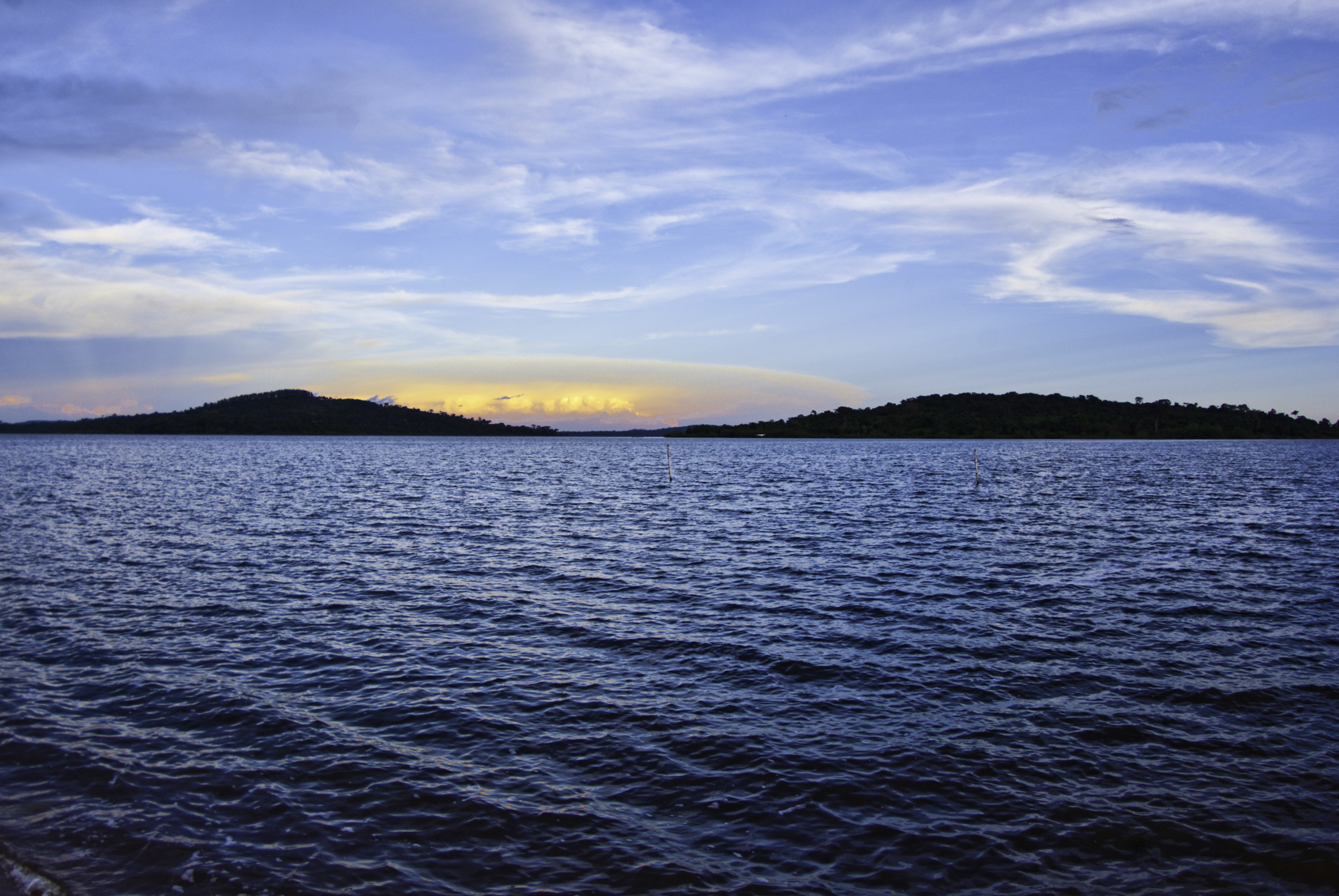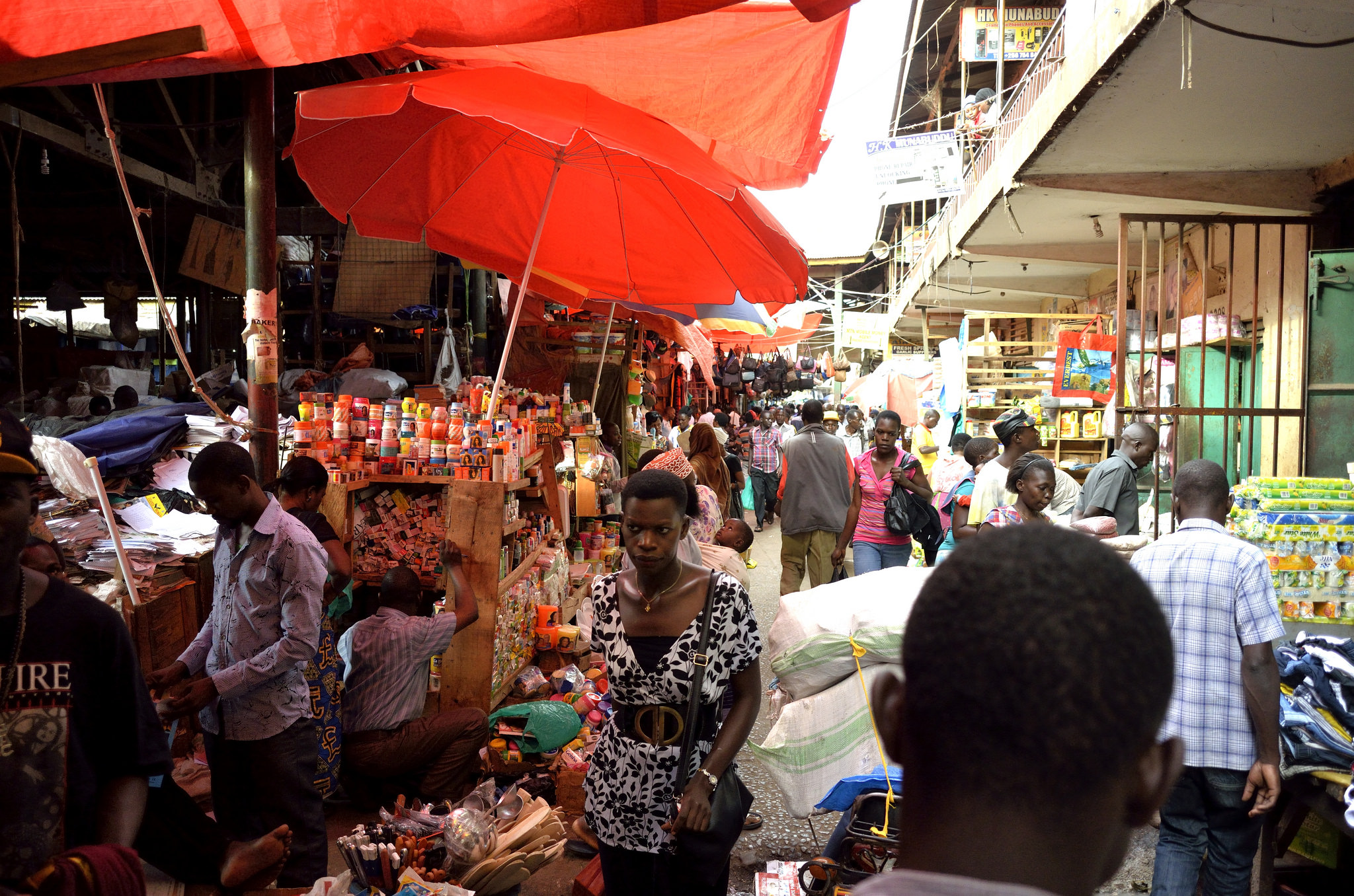Kampala: the City of Seven Hills

A morning view of Lake Victoria, Africa’s largest inland body of water, which laps the shores of the Ugandan capital of Kampala. (Image: JJ, CC BY 2.0, via Flickr)
It’s been three decades since he was deposed, and Idi Amin is no longer the face of Uganda. The country is stable and dynamic, free from the militaristic shackles imposed by Amin’s brutal rule.
And K’empala, as the capital Kampala is known, is the lively, creative ever-evolving heart of the new Uganda. It is a brash and fast-moving city of contrasts. The open-air markets of the city’s urban farmers sit next to modern high-rises. It’s the city of soca rhythms and Phiona Mutesi, Uganda’s 20-year-old slum-born chess master.
Kampala is changing. You can enjoy a traditional meal of matoke (steamed green bananas topped with creamy peanut sauce) and posho (a stiff cornmeal cake) at Ekitoobero Restaurant or burgers and mojitos at the DalÃ-esque MishMash. The endless stalls of the Okinawo and Arts and Crafts market offer trinkets created by local artisans. It is also where you will find the city’s best street food. Everything from freshly squeezed fruit juice to sambosas (samoosas) and a Rolex (a vegetable omelette rolled into a moist flatbread.)

Owino Market in Kampala. (Image: Jake Stimpson, CC BY 2.0, via Flickr)
Construction of new hotels and malls and roads are Kampala’s present, but stroll down Nile Avenue for a glimpse of its past. The ramshackle Uganda National Theatre still manages to stage riveting productions of Shakespeare, alongside works by African playwrights.
Some of Kampala’s leafy suburbs could be anywhere in the world. But they sit in close proximity to tumbledown neighbourhoods of wooden shacks and roadside vendors. This mix gives the city its cool-safe-exciting-brash atmosphere.
At night the city comes to life. Most of the city’s population are under 30, and they go out in search of fun. They find their way to the Industrial Area with its spacious modern clubs, where young professionals strut to a soundtrack of hip-hop, Afrobeat and Jamaican dancehall.
Kabalagala, is a little less polite and monied. But its streets buzz with life, the sound of vendors mixing with the noisy chatter from ramshackle bars. The libation of choice is more Bell beer than martini.
A drive around Kampala is not a trip for the faint-hearted. Potholes, traffic jams and the ubiquitous boda-bodas (motorcycle taxis) turn a short ride into a grand adventure.
It’s an issue the city government is trying to deal with. In 2012 Kampala became the first African city to legislate the building of bicycle lanes and improved pedestrian infrastructure to protect road users not in cars. The city also has plans to set aside car-free zones.

The Bahai Temple in Kampala. (Image: Phil Songa, CC BY-NC 2.0, via Flickr)
Once the city tames the traffic chaos, a visit to the hills outside Kampala will become a 30-minute road trip. There you find yourself in the hilly orange-and-green landscape, walking through a kaleidoscope of butterflies. A 90-minute drive and you are in Jinja, the source of the Nile, through forests and fields of sugar cane and pineapples.
Kampala is the bustling heart of Uganda. Its biggest, noisiest city. Its heart. It is a city of food, art and warm people. A growing city with a forest of new high rises and commerce. And still close to nature.


